Friuli-Venezia Giulia is a region in the north-east of Italy overlooking the Adriatic Sea. It borders Austria and Slovenia and it is known for its white wines; some are so prestigious that they are defined as “super whites”.
Our Choices from Friuli Venezia Giulia
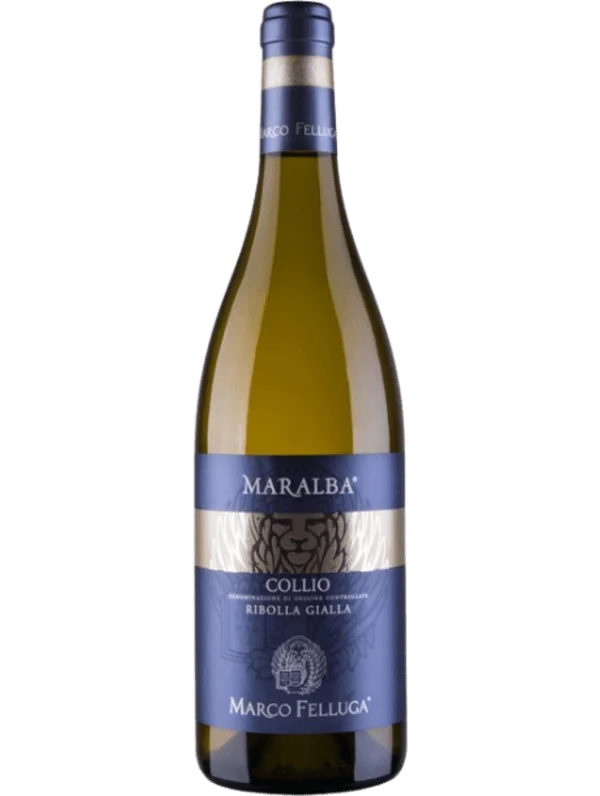
Collio Ribolla Gialla Maralba
Straw-yellow, this Ribolla Gialla offers a fresh bouquet with floral and fruity notes of exotic fruit, grapefruit, and apple. Elegant and intense, it's a vibrant choice for wine lovers.
Read more
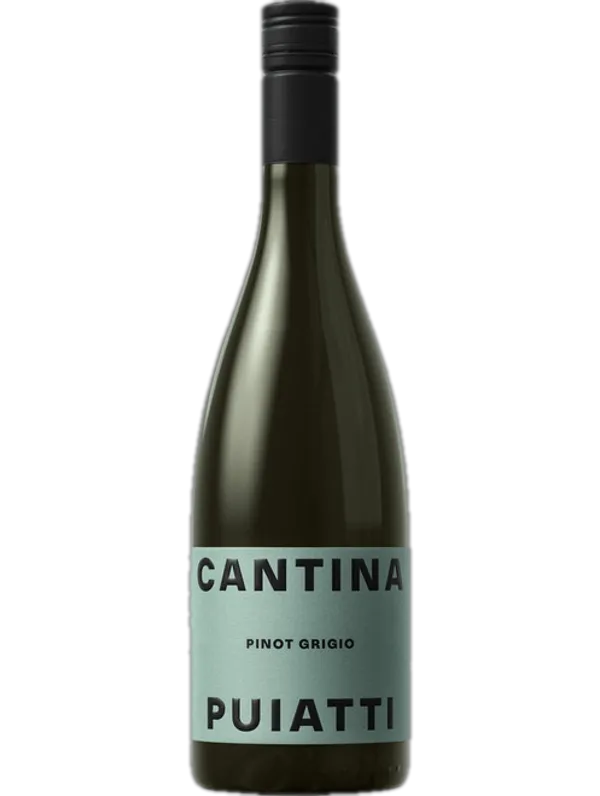
Puiatti Pinot Grigio
Experience this refreshingly crisp Pinot Grigio from Friuli Venezia Giulia. A staple for 2022, it presents an elegant dance of fruit and acidity, perfect for light fare.
Read more
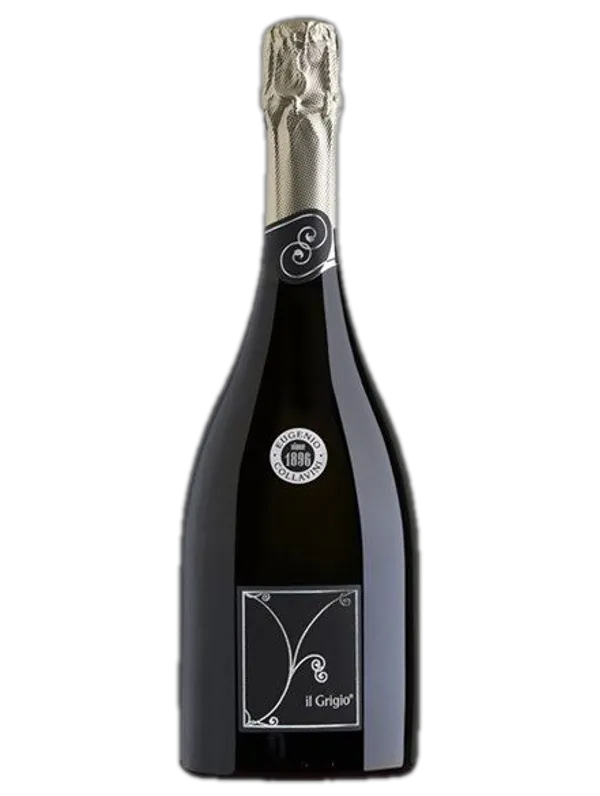
Collavini 'Il Grigio' Brut Spumante, Friuli-Venezia Giulia NV
Enjoy an aroma-filled journey with this Brut Spumante. Distinct notes of fragrant apples and ripe pear set the stage for a full-bodied palate accented by fine, consistent bubbles.
Read more
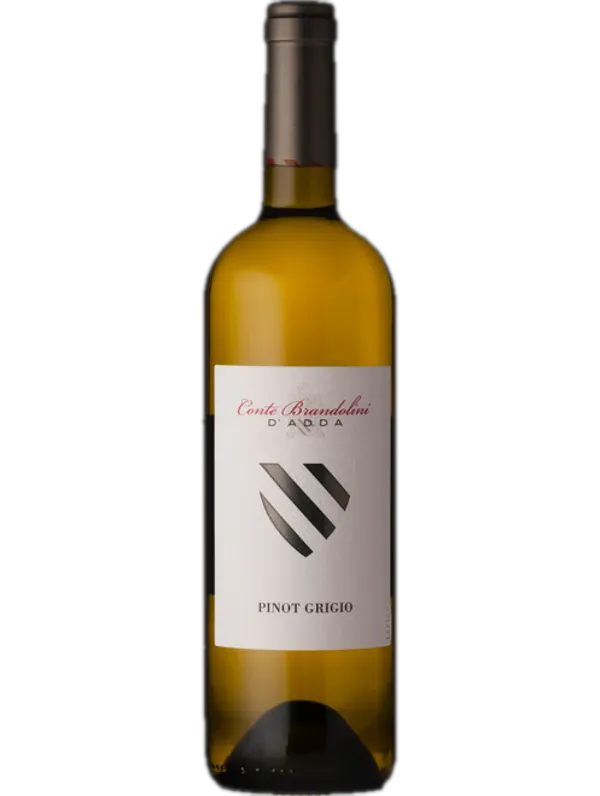
Pinot Grigio DOC Friuli
Savor the complex aromas of acacia, rose petals, and ripe fruits. This Pinot Grigio excels in flavor, offering a full mouthfeel tinged with edgy acidity and notes of pear and apple.
Read more
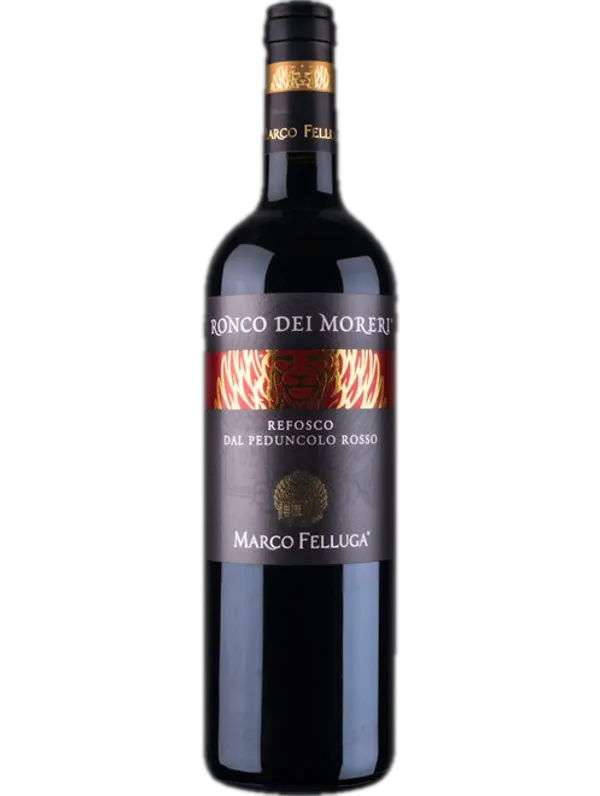
Refosco dal Peduncolo Rosso Ronco dei Moreri
Immerse yourself in this robust red wine filled with intense aromas of ripe raspberries and wild blackberries. A fruity burst in the mouth leads to a long, lingering finish.
Read more
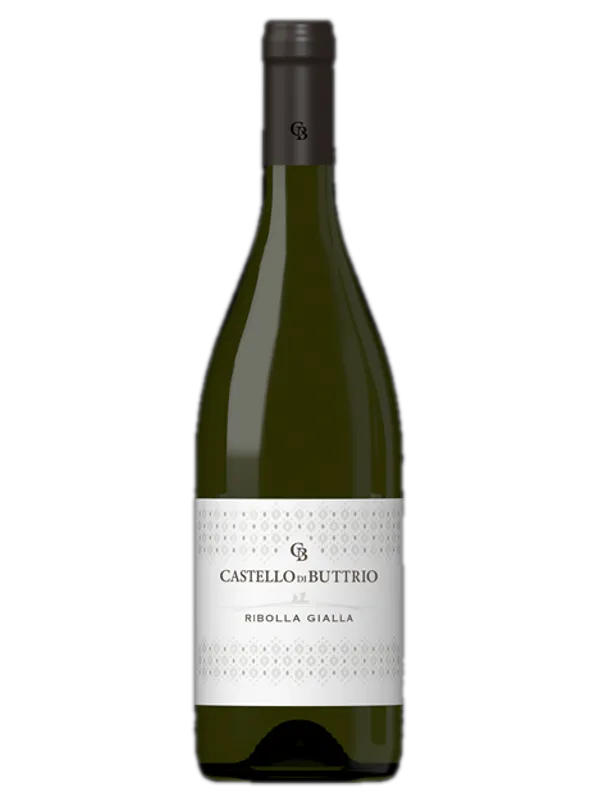
Castello di Buttrio, Friuli Colli Orientali, Ribolla Gialla
Elegant and crisp, showing vibrant citrus and minerality, a refreshing white from Friuli Venezia Giulia.
Read more
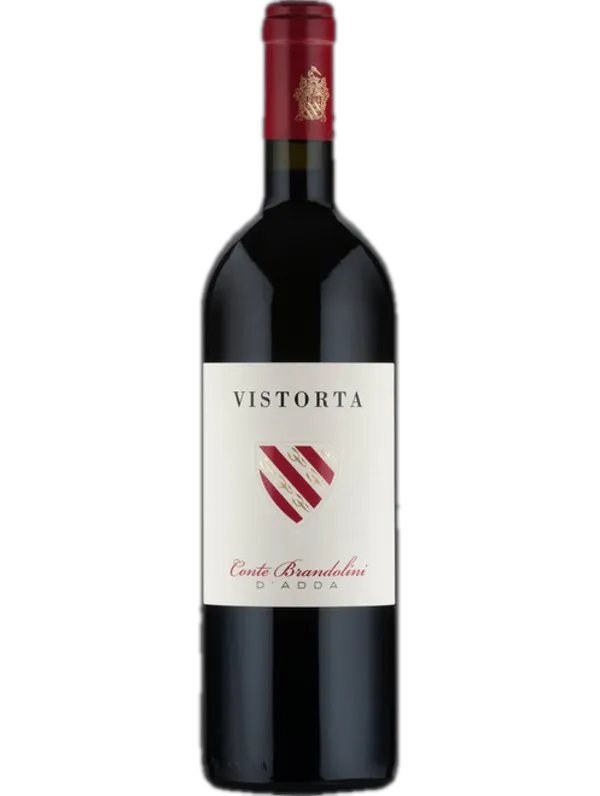
Merlot di Vistorta Organic
Full-bodied, rich red wine with soft tannins, hints of black fruit, and a smooth finish.
Read more
Friuli Venezia Giulia's key Wine Areas
Carso DOC
Carso includes all the municipalities of the province of Trieste and some of Gorizia. Seven white and five red grapes fall within the DOC designation, resulting in thirteen types of wine. The white wines are soft on the palate with an intense perfume. The red varieties tend to display a red-purple color and have excellent acidity and fruit-spice flavours.
Friuli Colli Orientali DOC
This denomination includes twelve different types of white wines including Malvasia, Chardonnay and Riesling. The whites have an intense aroma of fruit and flowers and a yellow-green color. The red wines are ruby red in color with fruit forward flavours and a spicy, herbaceous scent.
Friuli Grave DOC
Famous for Tocai Friulano, Pinot Grigio, Merlot, aromatic Traminer and Verduzzo Friulano. The wines of this region tend to be elegant and characterful, with full-bodied reds and lots of ageing in wooden barrels.
Friuli Latisana DOC
Located towards the town of Latisana, this region includes Cabernet Franc, Pinot Bianco, Pinot Grigio, Pinot Nero, Chardonnay, Sauvignon Blanc, Istrian Malvasia, Riesling Rhenish and Franconia. It includes a strip of land overlooking the Adriatic Sea and has a mild, dry climate, with temperatures only just drop below zero in winter. These climatic conditions make it a particularly suitable area for the cultivation of wine.
Prosecco DOC
Sparkling Prosecco is typically dry to off-dry, with a bright straw yellow color with fine bubbles. On the nose, the wine is characterized by strong floral notes. On the palate, Prosecco is usually well balanced between freshness, softness and liveliness.
Food Parings
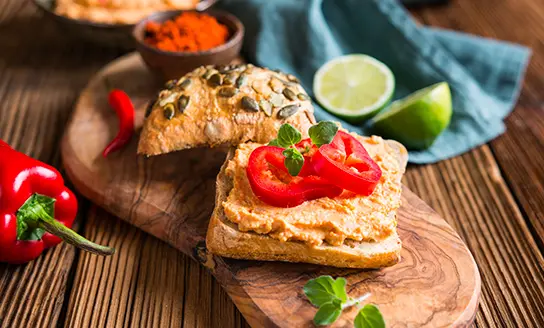
Starter: Liptauer
Liptan cheese is a fresh cheese seasoned with anchovy, leek, mustard, cumin, paprika and capers and served on croutons.
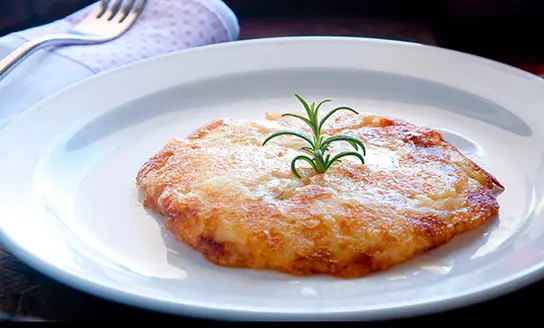
Main course: Frico
fresh or aged cheese - including the local Montasio - is grated and fried in a pan with oil or butter. Potatoes can also be added.
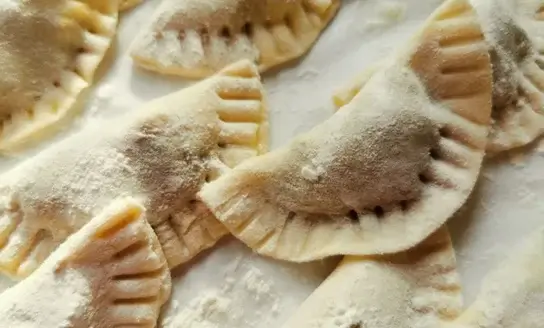
Main course: Cjarson
pasta stuffed with vegetables, such as spinach, onion, chard, served with grated smoked ricotta. Cjarsons can also be filled with fruit, chocolate, raisins and apples.
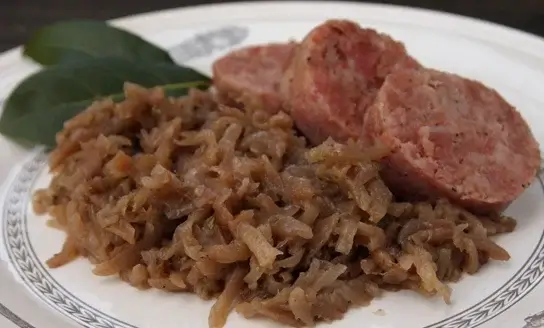
Second course: Musèt and Brovade
Musèt is an Italian sausage served with “brovade”, a white turnip cooked with pomace.
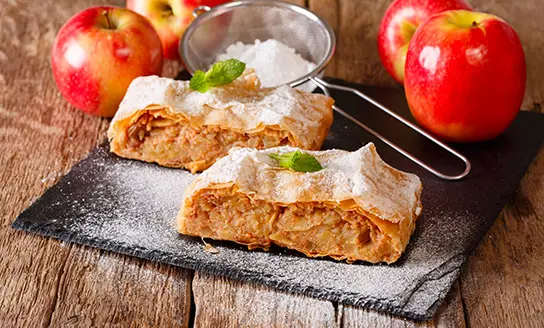
Dessert: Strucolo
similar to a strudel but made with wheat pasta, filled with fruit or chocolate, boiled in a net, then cut into slices.
Friulan cuisine is influenced by both the sea and the mountains of the region as well as the various cultures that have inhabited it over the centuries. It is rustic and simple cuisine.
Typical soups, main courses and polenta are cooked here. Two of the most popular and famous products of this region are San Daniele ham and Montasio cheese. In addition to the wines, the tradition of distillates are also important and, including, of course, Grappa.
FAQS
What wine is Friuli-Venezia Giulia known for?
Friuli-Venezia Giulia has always been the land of great white wines. Famous whites include Ribolla Gialla, Friuliano, Prosecco, Vitovska and reds include Refosco and Schioppettino.
What grapes are grown in Friuli-Venezia Giulia?
Tocai Friulano, Verduzzo, Refosco, Schioppettino, Pignolo. Ribolla Gialla and Istrian Malvasia are famous graoes of the region, many likely introduced during the 13th century.
What is distinctive about Friuli-Venezia Giulia’s wines?
Friulian wines are fine wines with good structure and balance. They are delicate and elegant, often with a straw yellow color. The whites are bright floral and fruity aromas whilst the reds are structured and full-bodied with spices and dark fruit flavours.
What is the best time to visit Friuli-Venezia Giulia?
The best time of year to visit Friuli-Venezia Giulia is May to September, when there are pleasant, warm temperatures and little rainfall. The highest average temperature in Friuli-Venezia Giulia is around 27 ° C in August while in January, the lowest is 6 ° C.
What is unique about Friuli-Venezia Giulia compared to other parts of Italy?
Despite being a region off the beaten tourist track, it is rich in things to discover, from seas, to lagoons, to mountainous landscapes and of course, wine and food. We also recommend visiting the region’s three main cities: Udine, Gorizia, and Trieste.
Want to know it all?
Friuli-Venezia Giulia: region in a nutshell
Total vineyard area:
23.000 hectaresNumber of producers:
9000Total wine production per year:
1.100.000 hectolitersNumber of DOCGs:
4Number of DOCs:
10
Friuli-Venezia Giulia’s Wine History
The origin of viticulture in Friuli has distant origins: in fact, Friulian wines boast over two thousand years of documented history, when the Romans established the first colony in the Aquileia countryside.
During the following centuries, viticulture expanded considerably before the Dark and Middle ages when little wine was made. At the end of the Middle Ages, however, Friulian wine was transported to the countries of northern Europe. Then when Friuli came under the dominion of the Serenissima Republic, wine began to be used for trade and for everyday drinking.
Friuli-Venezia Giulia’s Viticulture
Friuli-Venezia Giulia has always been the land of great white wines. The fame of these wines peaked in the 2000s when a competition defined some of them as “super whites.”
Friuli-Venezia Giulia has recently been fighting with Hungary over the right to continue using the word ‘Tocai’ for one of their grapes. Hungary also has a protected designation of origin called Tokaji, a small village on the border with Ukraine known for its sweet wines.
The case was lost by Italy in 2007 with the consequence that if the Tocai Friulano wine keeps its name, its wines have since been called respectively "Friulano" in Friuli-Venezia Giulia and "Tai" in Veneto.
Friuli-Venezia Giulia’s Top Wineries To Visit
Vini e Spumanti Lorenzonetto - Cav. Guido:
A winery run by the Lorenzonetto family. This family has always handed down the art of winemaking and cultivation of vineyards from father to son, scrupulously observing ancient traditions while keeping up to date with modern viticulture and enological techniques. The company offers wines that pair with everything from aperitifs to desserts.
Pitars:
The Pittaro family, known as the “Pitars”, has been linked to this winemaking tradition since 1600. In the early 20th century, they moved to working with Merlot, an originally French variety. Today, Pitars is a fourth generation winery who keep family and enological traditions alive.
Zorzettig Vini:
The wine history of the Zorzettig family begins more than 100 years ago, on the hills of Spessa di Cividale in the heart of the Colli Orientali del Friuli. Today the vineyard spans around 115 hectares and has an annual production of around 800,000 bottles. 50% of the wines are exported with a presence in Austria and Germany and a growing market in Asia, the United States, Australia, and Northern Europe.
Best white wines from Friuli-Venezia Giulia
Ribolla Gialla:
a native grape cultivated since Roman times. The wines are fruit driven and delicious
Verduzzo Friulano:
These wines are yellow-green in colour thanks to very juicy berries and are aromatic in flavour.
Tocai Friulano:
These grapes are straw-yellow in colour, which creat wines that are delicate, dry and harmonious.
Picolit:
a native variety used for passito wines, usually scented with almond, wildflowers and peach.
Vitovska:
a native variety which makes excellent aperitif wines with flavours of sage and pear
Best red wines from Friuli-Venezia Giulia
Merlot:
An elegant variety with red-fruit flavours and a soft texture, often accentuated by wooden barrels.
Refosco:
Refosco means “dark bunch”. The wine is dark and structured with fruity and spicy notes.
Cabernet Franc:
A variety that makes herbaceous, medium-light bodied wines with an intense aroma on the nose.
Schioppettino:
A native variety with an intense red colour, they make full bodied, complex wines.
